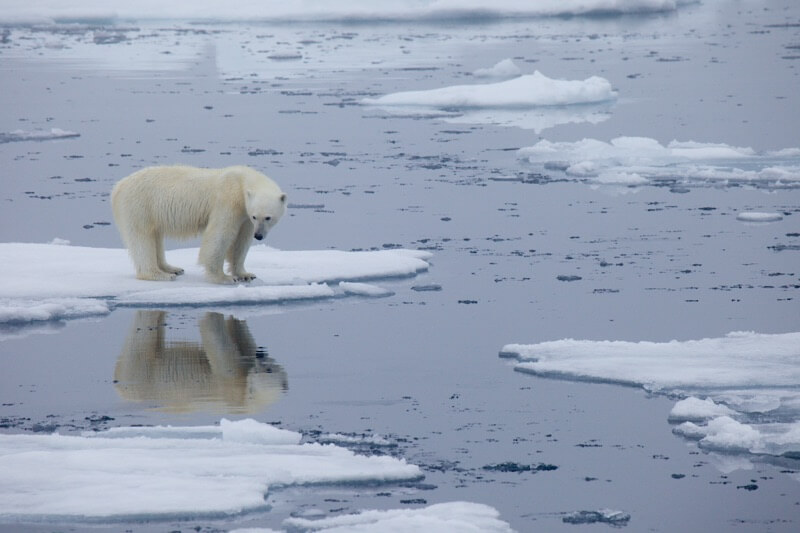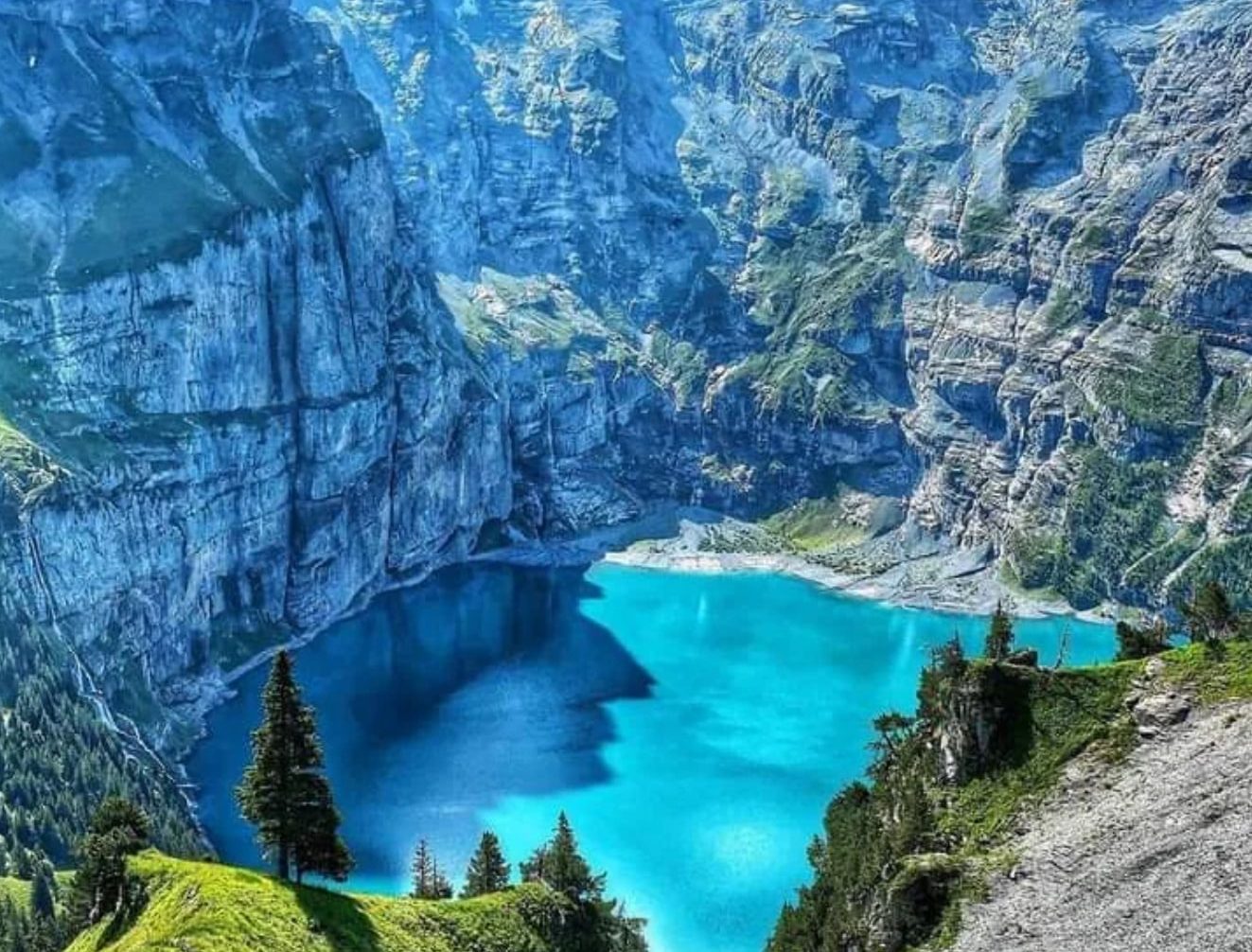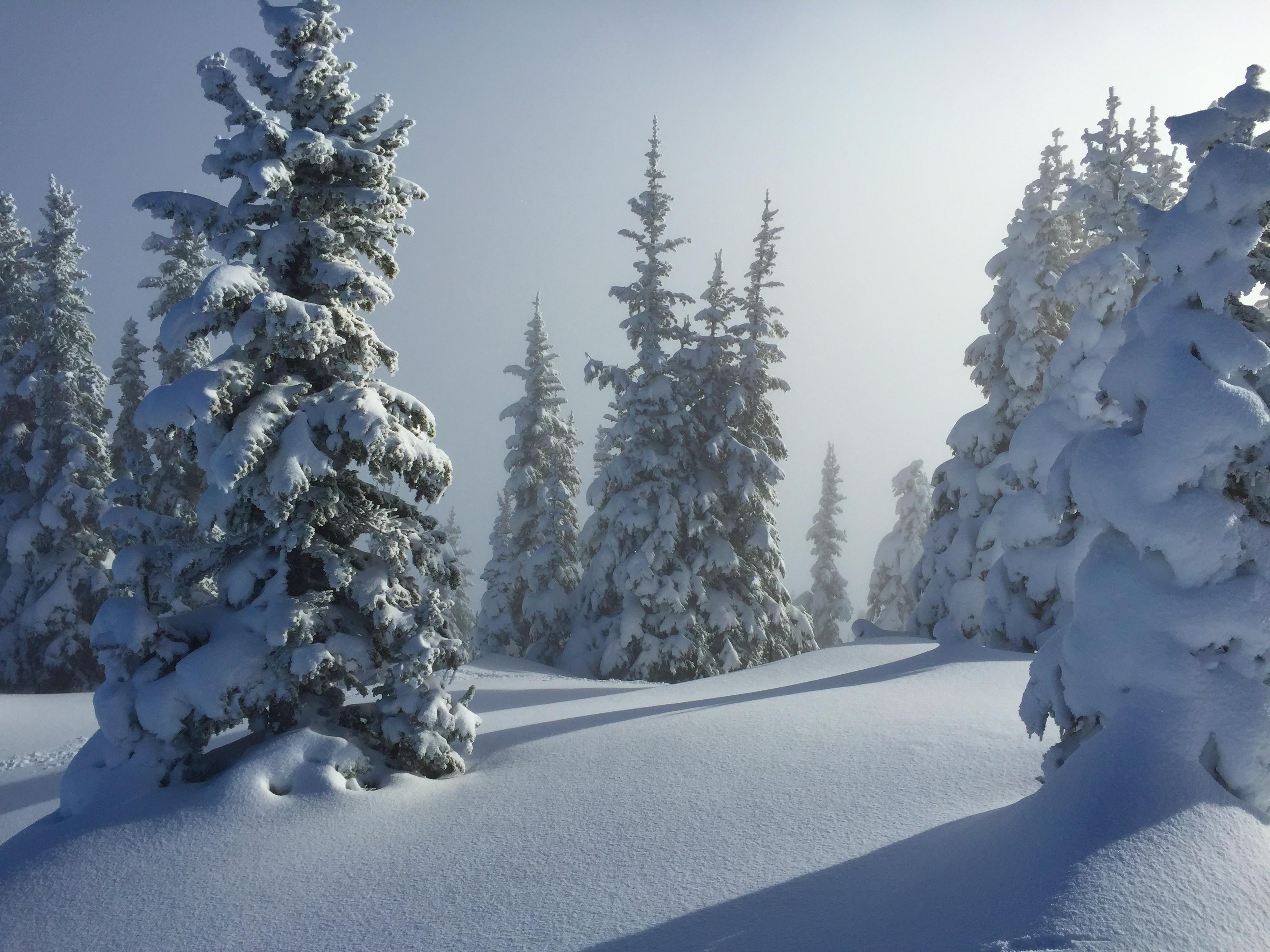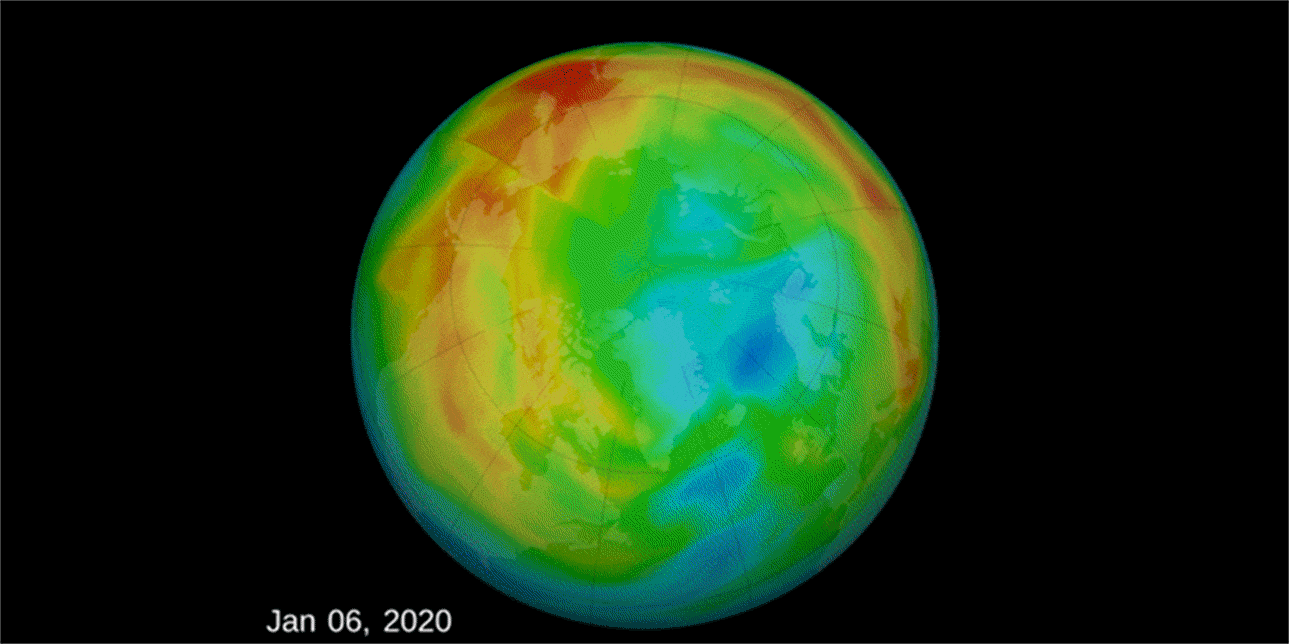
An ozone hole has developed over the Arctic and scientists are saying that it is the biggest such atmospheric opening ever recorded over the planet’s northernmost regions. It’s a rare occurrence that is formed by persistent cold temperatures in the polar region and unusually quiet ozone dynamics, NBC News reports. These factors have caused record depletion of Earth’s protective ozone layer over the Arctic, according to Paul Newman, chief scientist for Earth sciences at NASA’s Goddard Space Flight Center in Greenbelt, Maryland. NBC News interviewed Newman for a recent article where he said:
“It’s an unusual event,” Newman said. “There is some Arctic ozone depletion every year, but it’s more extreme in 2020 than in most years.”
This is because the earth’s atmospheric ozone layer functions like a protective skin, shielding the planet’s surface from the sun’s harmful ultraviolet radiation, according to Newman. But in the past century, human-made chemicals known as chlorofluorocarbons have been eating away at the ozone and causing it to thin, leaving ozonic holes in places. This, in conjunction with low temperatures in the Arctic stratosphere during polar night and the arrival of sunlight in the early spring, is contributing to the gaping hole. The World Meteorological Organization addressed the issue in a Facebook post on April 9, in which they said:
Depletion of the ozone layer, the shield that protects life on Earth from harmful levels of ultraviolet radiation, is at an unprecedented level over large parts of the Arctic this spring . This phenomenon is caused by the continuing presence of ozone-depleting substances in the atmosphere and a very cold winter in the stratosphere (the layer of the atmosphere between around 10 km and round 50 km altitude).
The last time similarly strong ozone depletion was observed over the Arctic was during spring 2011, and ozone depletion in 2020 seems on course to be even stronger, according to the Copernicus Atmospheric Monitoring Service implemented by ECMWF.
Actions taken under the Montreal Protocol have led to decreases in ozone-depleting substances. But their concentrations in the upper atmosphere are still high enough to cause severe ozone destruction. The spring depletion is driven by a combination of factors including low temperatures in the Arctic stratosphere during polar night and the arrival of sunlight in the early spring.
Details https://bit.ly/34q68Ix
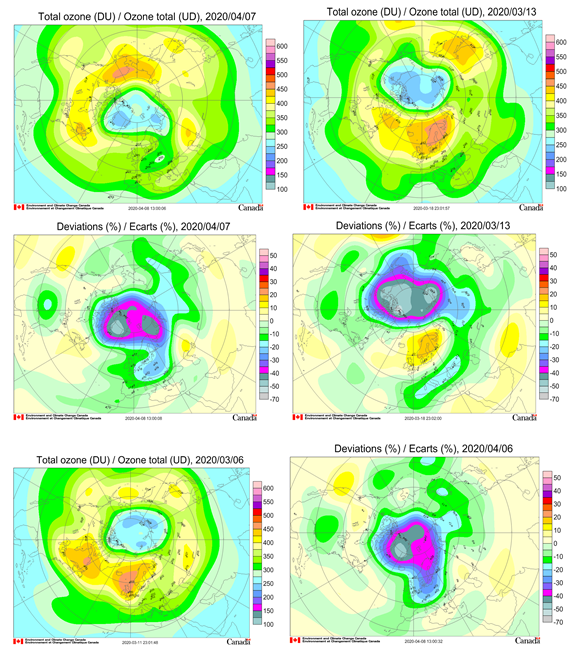
The 2020 conditions compare to the spring of 2011 when the ozone losses over the Arctic were near 50%. The depletion of the Arctic ozone led to an increase in surface UV radiation in the spring of 2011, with scientists observing a 60% increase in the UV Index in the Canadian Arctic, and an even higher increase over Northern Europe, according to the World Meteorological Organization.
By contrast with the Arctic, the 2019 ozone hole over Antarctica was the smallest on record since the ozone hole was first discovered. The size of the holes in the ozone fluctuate from year to year, yet, the one that currently hovers over the Arctic is still unprecedentedly large. But that’s not to say that the ozone layer can’t recover — because it can, but just slowly. This is because ozone-depleting substances stay in the atmosphere for several decades.
Governments and world organizations have addressed this issue in recent decades and actions have been taken under an international agreement called the Montreal Protocol, which aims to decrease the amount of ozone-depleting substances in our atmosphere. The Montreal Protocol was established in 1987 and, at this time, concentrations in the upper atmosphere are still high enough to cause severe ozone destruction, the World Meteorological Organization reports. However, without the Montreal Protocol, this year’s ozone destruction would most likely have been worse.
